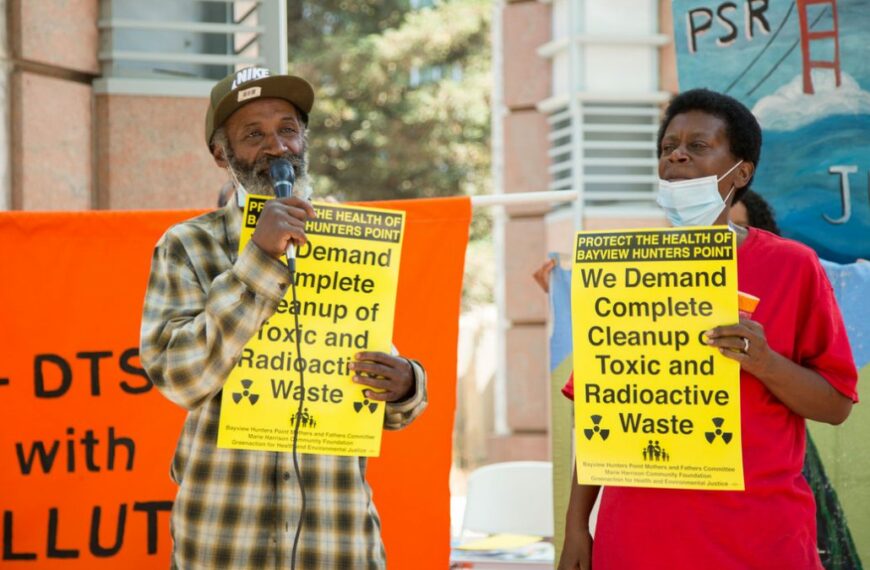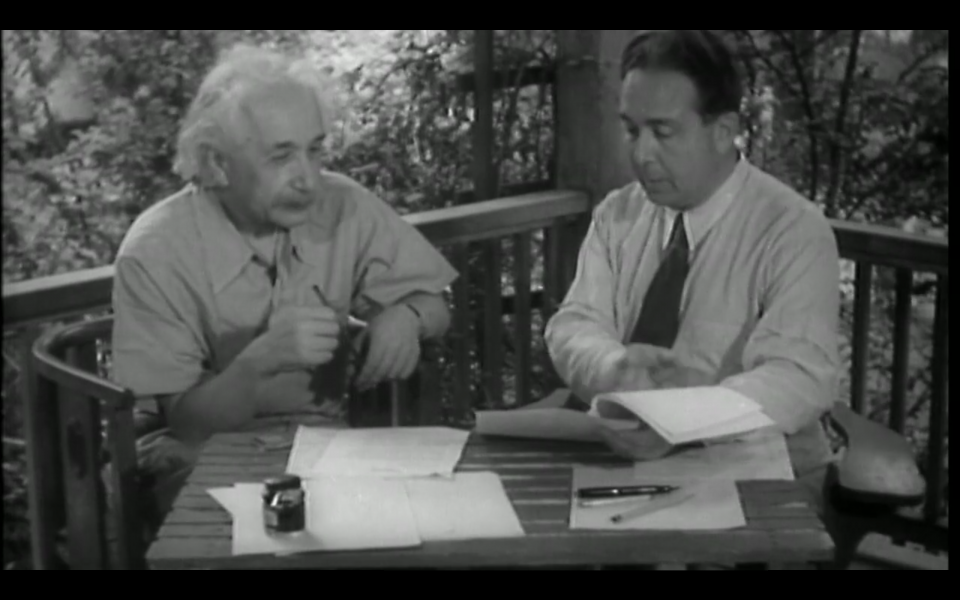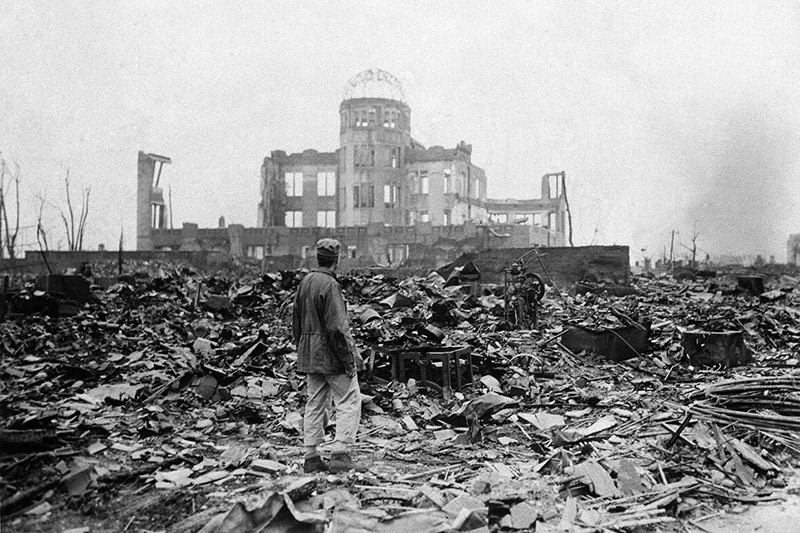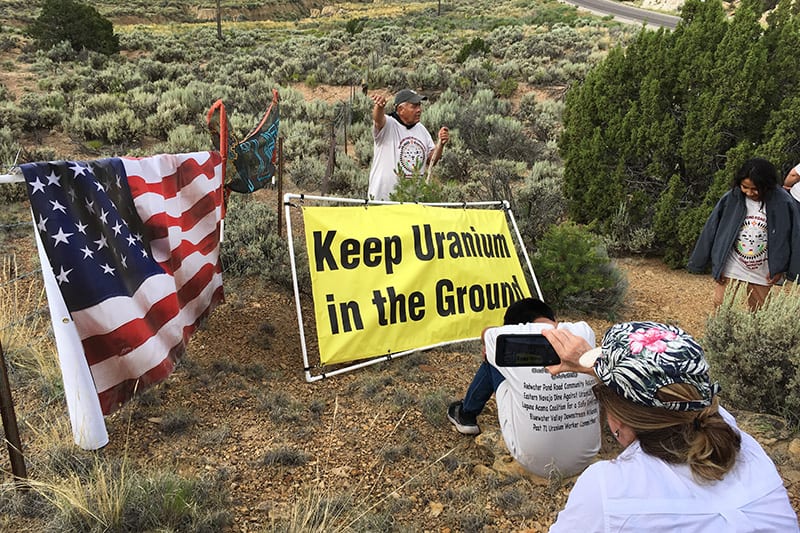CORNERSTONE Episodes
WHAT IS NUCLEAR HOTSEAT?
Nuclear News… from a Different Perspective
Nuclear Hotseat posted its 600th weekly episode on December 20, 2022. The show has been downloaded in124 countries on six continents, syndicated for broadcast in the U.S. by Pacifica, and used as reliable source on nuclear issues by mainstream media. All past episodes are posted and searchable by topic.
FEATUREd GUESTS
Featured Nuclear Hotseat Guests

ACCOMPLISHMENTS
Nuclear Hotseat &
Libbe’s Career Highlights
Winner, 2022 Nuclear Free Future Award for Education.
Special Guest, 2023 International Uranium Film Festival, Rio de Janeiro.
Nuclear Hotseat posted its 600th episode on December 20, 2022 and continues with weekly production. The show has been downloaded in124 countries on six continents, syndicated for broadcast in the U.S. by Pacifica, and used as reliable source on nuclear issues by mainstream media around the world.
































